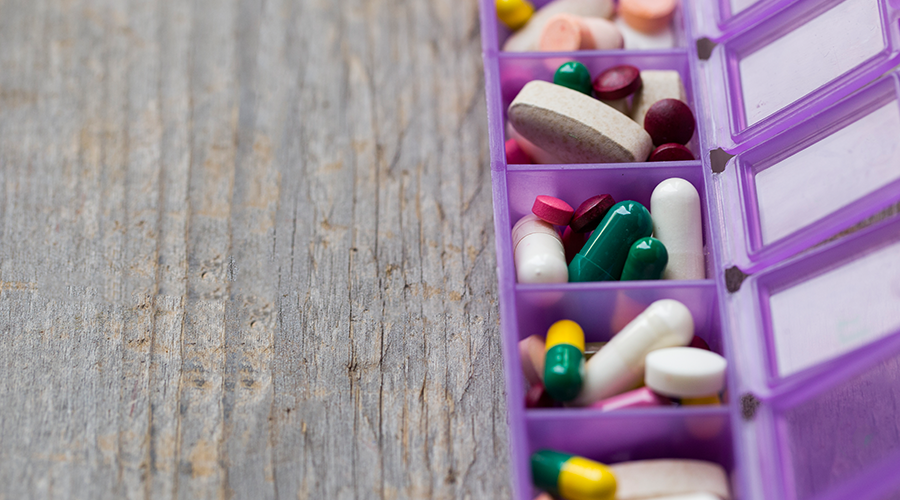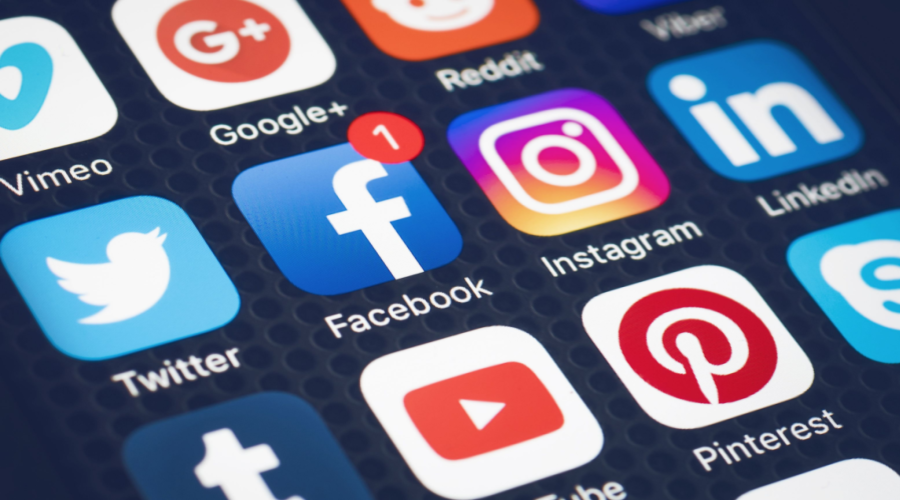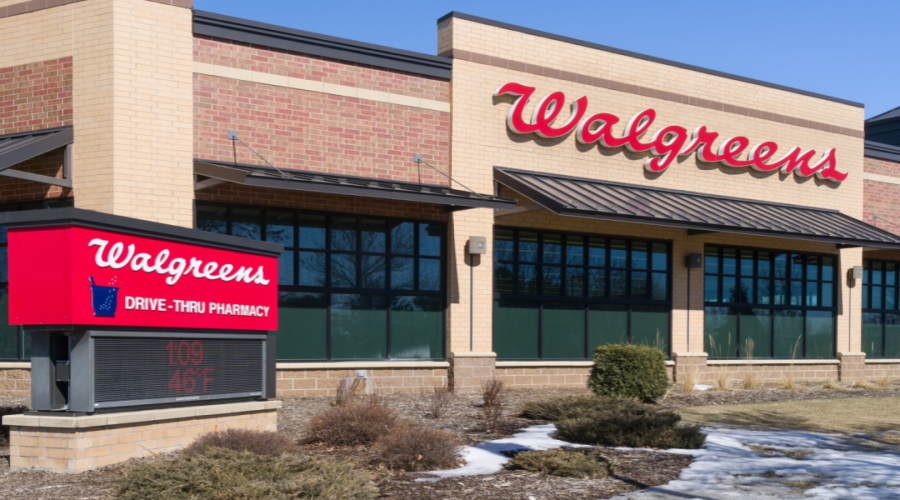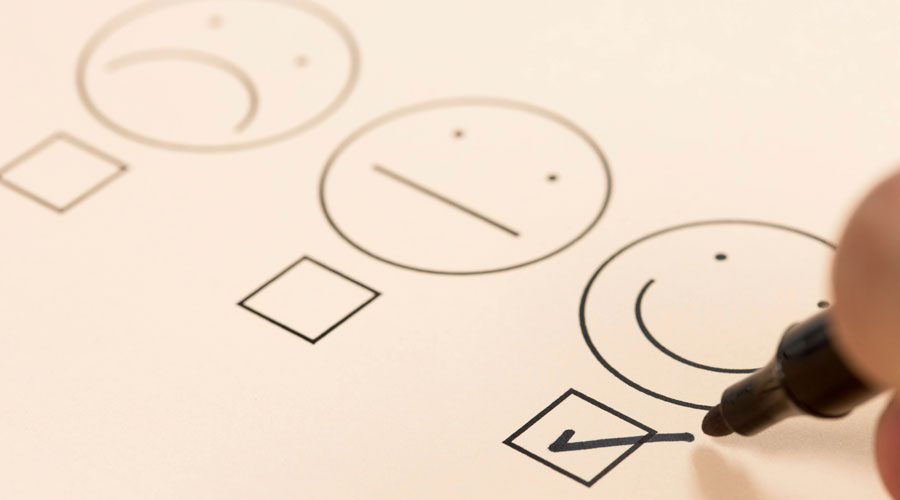Inside: Adherence improves patient health and independent pharmacy revenue. Discover the only methods you need to know to maximize medication adherence at your pharmacy.
For as long as people have been prescribed medications, people have failed to take them as directed.
The perennial problem of non-adherence has plagued pharmacy patients since the days of the apothecary. One study shows that nearly three out of four Americans don’t always take their medication as directed. Non-adherence has helped drive up total health care spending year after year, with more than $300 billion lost annually because of non-adherence.
And non-adherence doesn’t just cost the healthcare industry. It costs your pharmacy business. Every time a patient fails to take medication, your pharmacy loses revenue.
The problem isn’t just fiscal. It’s also physical. Mortality rates among patients who don’t adhere to their medications are nearly double the rates of those who take their medications as prescribed. It causes about 125,000 deaths and more than one-third of medicine-related hospitalizations.
If your pharmacy helps patients improve adherence, you’ll help their health, their wallets, and your bottom line.
4 Ways Adherence Boosts the Bottom Line
When adherence increases, everyone wins. You help patients live healthier, happier lives and your pharmacy’s bottom line experiences healthier, happier returns.
Here are four ways improved adherence improves your business where it matters most.
1. Increases script count
Adherent patients leave fewer abandoned prescriptions behind your counter.
And when you use medication synchronization to help curb non-adherence, you ensure patients purchase their full regimen even if they fail to take them all.
2. Increases revenue
More scripts means more revenue.
But it’s more than that.
Conducting medication reviews or medication therapy management as a strategy to improve adherence helps you identify patients who may be interested in other lucrative services you offer, such as your diabetes management program.
3. Increases new patients
Patients value convenience. That’s one of the deciding factors in patients’ choice of pharmacy.
Most adherence services provide convenience, such as medication synchronization in which patients can pick up a month’s worth of prescriptions in one stop.
In addition, making patients happy with these convenient services increases their chances of referring your pharmacy to their friends and family.
4. Increases retention
When you make life easier and healthier for your patients, they’ll want to keep coming back.
Most strategies for increasing adherence require personal dedication to patients that chain pharmacies can’t provide. They help strengthen your relationships and demonstrate your commitment to their care.
And, as you build those relationships, you’ll start to earn patients’ trust and provide even better care.
7 Foolproof Methods to Maximize Medication Adherence
There’s no one-size-fits-all solution for medication non-adherence. Patients fail to take their medication for various reasons.
These are some ways patients fail to stay adherent:
- Fail to refill
- Forget to take medication
- Confusion or fears about the medication
- Expenses
- Negative side effects
The following methods address these reasons in some form, some more directly than others. Start implementing these seven strategies to start seeing medication adherence improve at your pharmacy.
1. Medication therapy management
At a minimum, every independent pharmacy should offer medication therapy management (MTM).
The Medicare Modernization Act requires Medicare Part D prescription drug plans to include MTM services delivered by a qualified healthcare professional—namely pharmacists.
Although MTM can comprise a host of services, simply having a conversation about all of a patient’s medications and providing suggestions on how to manage them go a long way to improving adherence. The most essential benefit is the hands-on help you provide patients who have to juggle multiple medications.
2. Medication synchronization
Medication synchronization is the Alpha of adherence strategies. Research shows dramatic improvement in adherence when pharmacists employ a med sync program.
Here are some statistics from a national NCPA study concerning patients who use med sync programs:
- 5 times more likely to be adherent to their medications
- 21 percent less likely to discontinue drug therapy
- Average more than 100 additional days on therapy per year
- 30 percent more likely to take their medication as prescribed
What’s more, patients like med sync. Eighty-three percent called it very or even extremely helpful in managing their refills. Seventy-four percent said it’s highly helpful in improving their overall medication adherence.
Med sync programs allow patients to pick up a month’s worth of medication at one time. This strategy not only improves adherence but also improves your pharmacy’s inventory control, workflow, scheduling, and billing.
If you’re intimidated by starting a brand new program, find tips here to help ease the process and ensure success.
3. Appointment-based model
MTM and med sync services carry most of the load for medication adherence.
Both services are enhanced by the use of scheduled monthly appointments. In an Appointment-Based Model (ABM) adherence program, patients meet with a pharmacist each month for consultation in addition to picking up their medication. During this allotted time, patients can ask questions about their medications.
The appointment includes synchronization and consultation, but it can also involve much more. For example, this model provides the perfect opportunity to use motivational interviewing to encourage patients to make healthy choices. Some of those choices will include enrolling in further services at your pharmacy, like the diabetes prevention program or immunizations.
The meeting also allows pharmacists to offer recommendations additional products, such as OTCs, diet or lifestyle changes, or home health equipment.
Using the appointment-based model this way has been shown to boost revenue and improve patient satisfaction. In one study, more than 90 percent of patients said they would recommend the ABM program.
The ABM helps you get the most out of the best adherence services.
For a detailed guide on launching an appointment-based model, visit the American Pharmacists Association’s website.
4. Technology
A large study from Express Scripts discovered that nearly half of all non-adherence is a result of forgetfulness.
For more tech-savvy patients, suggest they download a reminder app or set alerts on their phones to remind them to take their medications. For others, consider stocking prescription bottles with timers in the caps. The timer resets to zero every time the bottle opens, so the display shows how long it’s been since they last opened the bottle.
Other options include sending automated text messages or calling patients to remind them.
Also make sure to offer digital refills. In the same study, 30 percent of non-adherent patients either put off getting a refill or didn’t get the refill on time. Digital refill technology allows patients to order their prescriptions through an electronic medium like their phone or computer and receive reminders through text messages or email.
Here are some technology solutions for reminders and digital refills:
Digital Pharmacist
Digital Pharmacist provides digital solutions for independent pharmacies including a branded app, digital refills, communications, and engagement tools.
Surescripts
Surescripts supports standard electronic prescription transactions to allow pharmacists to securely e-prescribe within their existing workflow.
Medicine-On-Time
Medicine-On-Time is a complete adherence system for independent pharmacies. It includes a workstation, software, compliance packaging, and a network of support mechanisms.
Amplicare
Amplicare (formerly iMedicare) offers multiple adherence solutions. Its Amplicare Connect product is an automated phone call campaign tool that allows you to record messages in your own voice. It also offers a system that identifies patients who are at risk of non-adherence and prompts you with an opportunity to care for them.
AdhereTech
These smart wireless pill bottles from AdhereTech include sensors and wifi that alert patients when they’ve missed a dose.
5. Convenience
Make it as easy as possible for your patients to take their medication.
Even if you don’t go with a med sync program, offer adherence packaging.
Partner with a company that creates blister packs for patients with chronic conditions or patients managing multiple medications. With Amazon’s recent purchase of PillPack, this service has become even more important for winning the loyalty of patients.
If you want to go the extra mile, invest in smart blister packs, like Med-ic® Electronic Compliance Monitor (ECM©), that monitors patients’ adherence by tracking when they open each dose.
In addition to blister packs, improve convenience by offering delivery service. Studies show that home delivery increases patients’ adherence, especially for those with chronic conditions.
6. Helping patients swallow
Forty percent of Americans report having some difficulty swallowing pills, according to a 2004 study.
This difficulty causes some adherence issues that include:
- Delaying taking medication
- Skipping a dose
- Quitting the medication altogether
Help patients swallow their pills to help them continue taking their meds as directed.
Try these tactics to help patients swallow better:
- Teach proper head posture
- Stock products to aid swallowing
- Explain the pill-taking process
- Teach breathing exercises
- Suggest placing pills in tasty treats
7. Education
Many patients stop taking medication either because they’re confused or because they don’t like the side effects.
Education can help solve both issues. First, make sure patients understand how to take their pills as directed. ABM and MTM provide effective opportunities for this type of counseling.
Second, make sure patients understand the health consequences of missing doses.
Typically, the health benefits of the drug outweigh the side effects. Remind patients why they’re taking the meds, specifically pointing to a tangible outcome. If they have concerns about the risks, encourage them to speak to their physician.
Boost patient health and your bottom line by improving patient adherence today.
A Member-Owned Company Serving Independent Pharmacies












